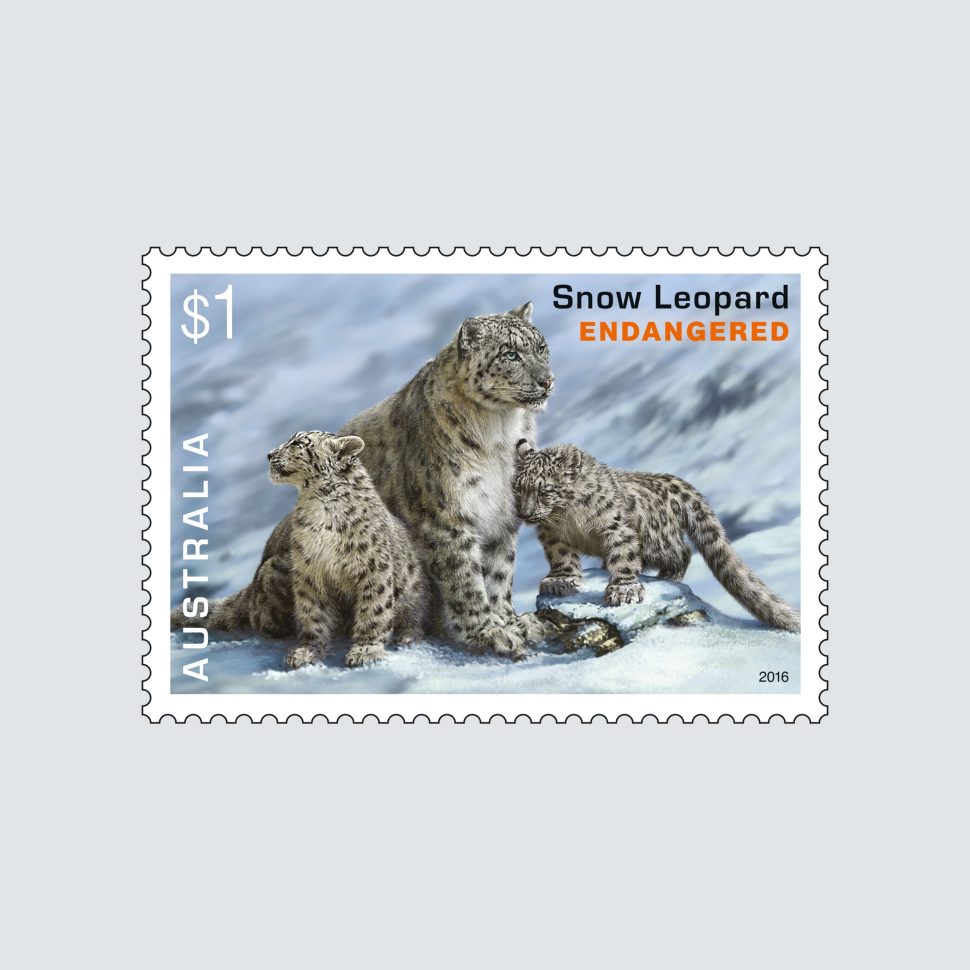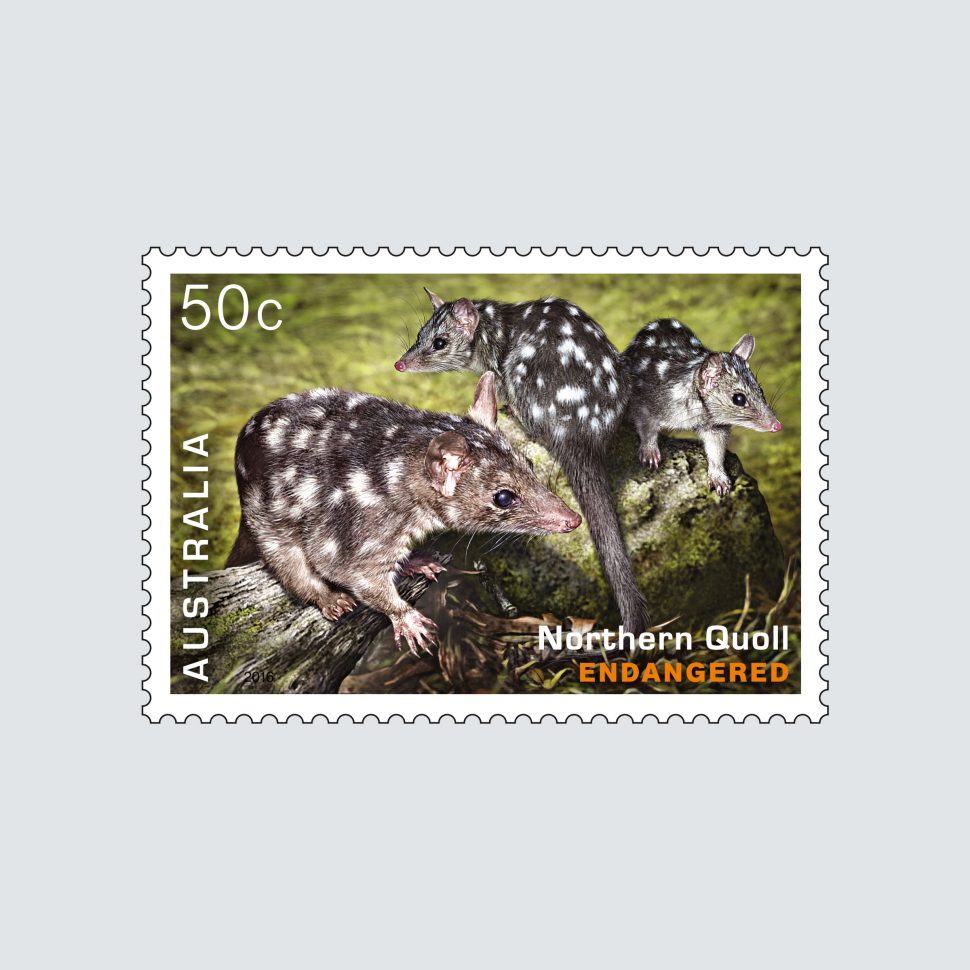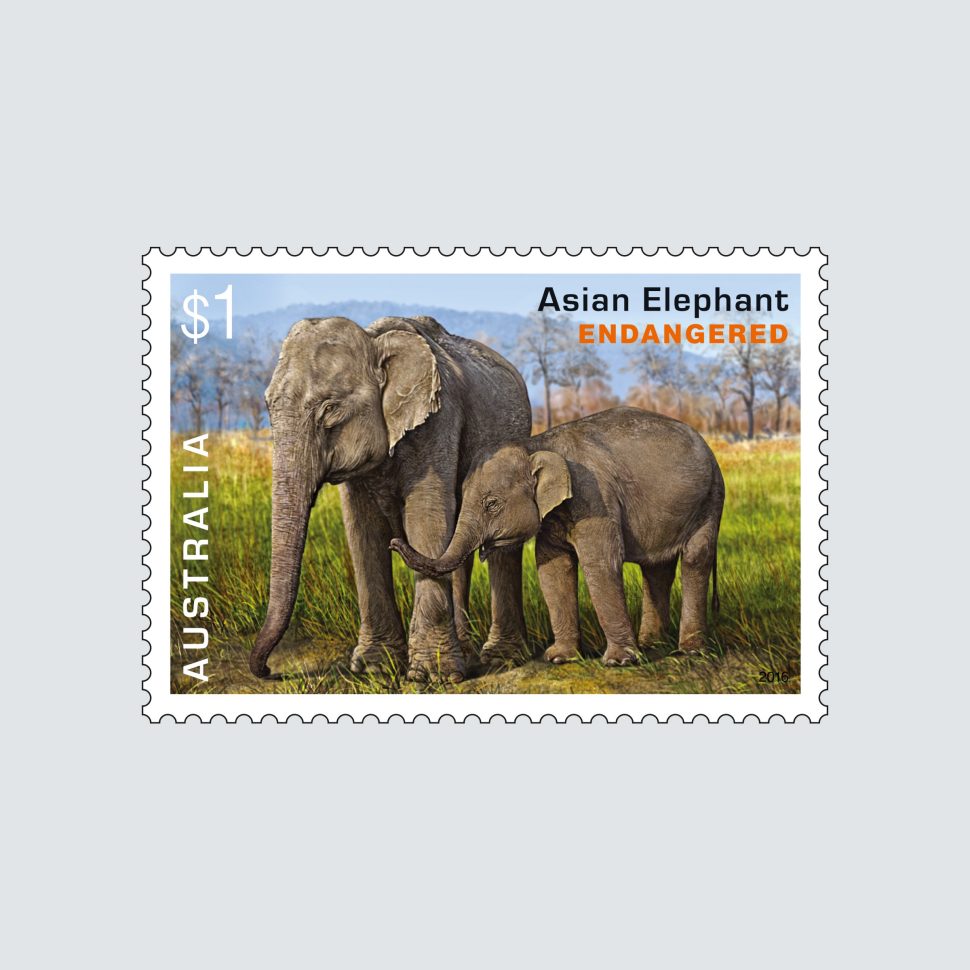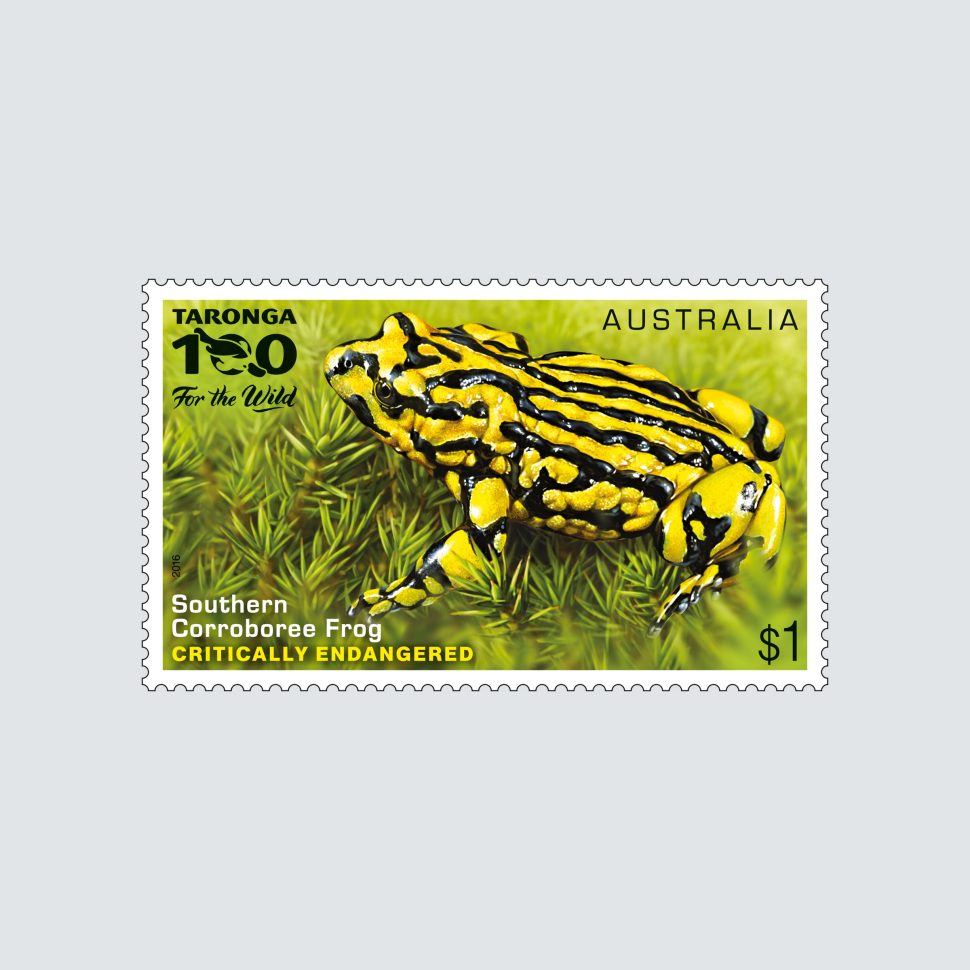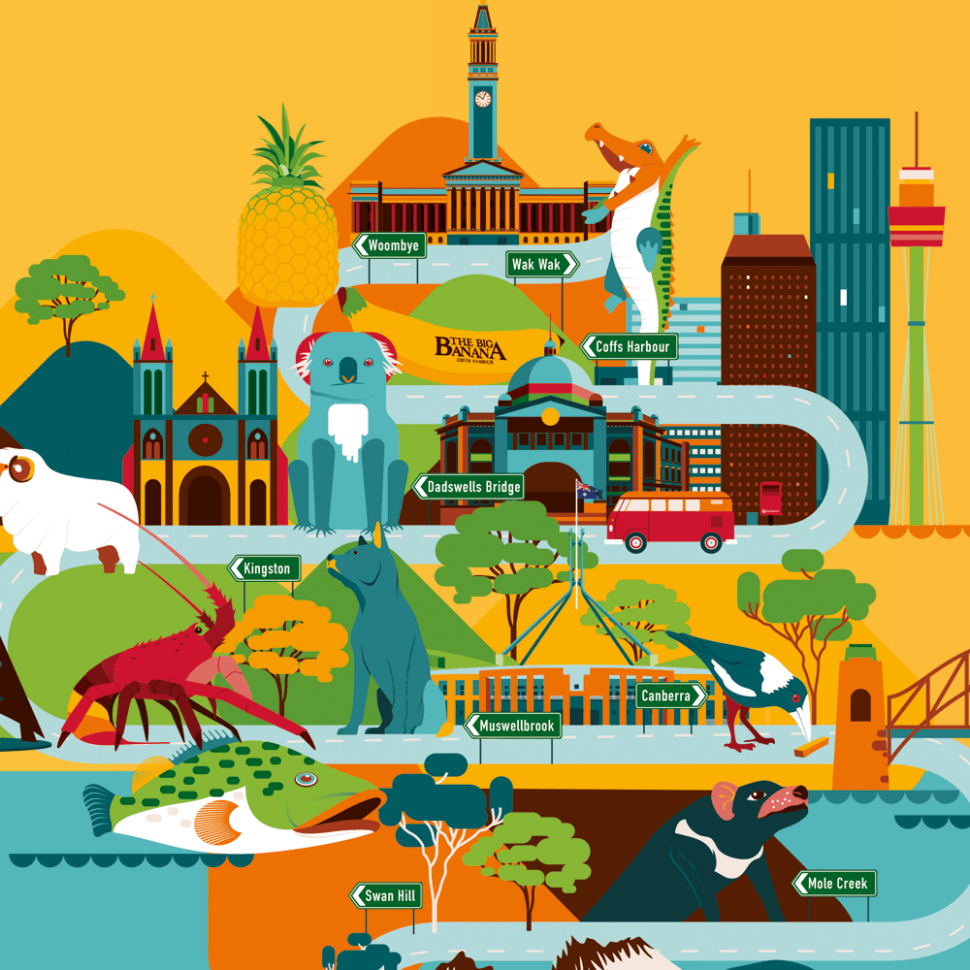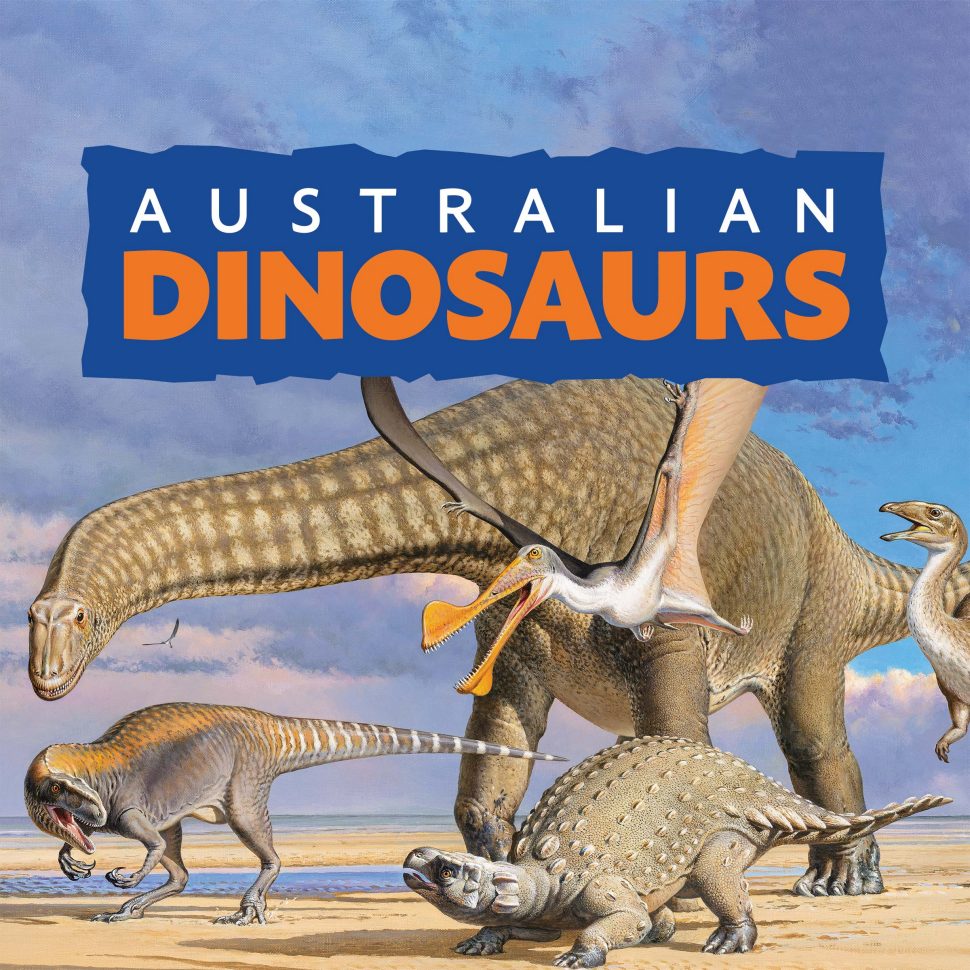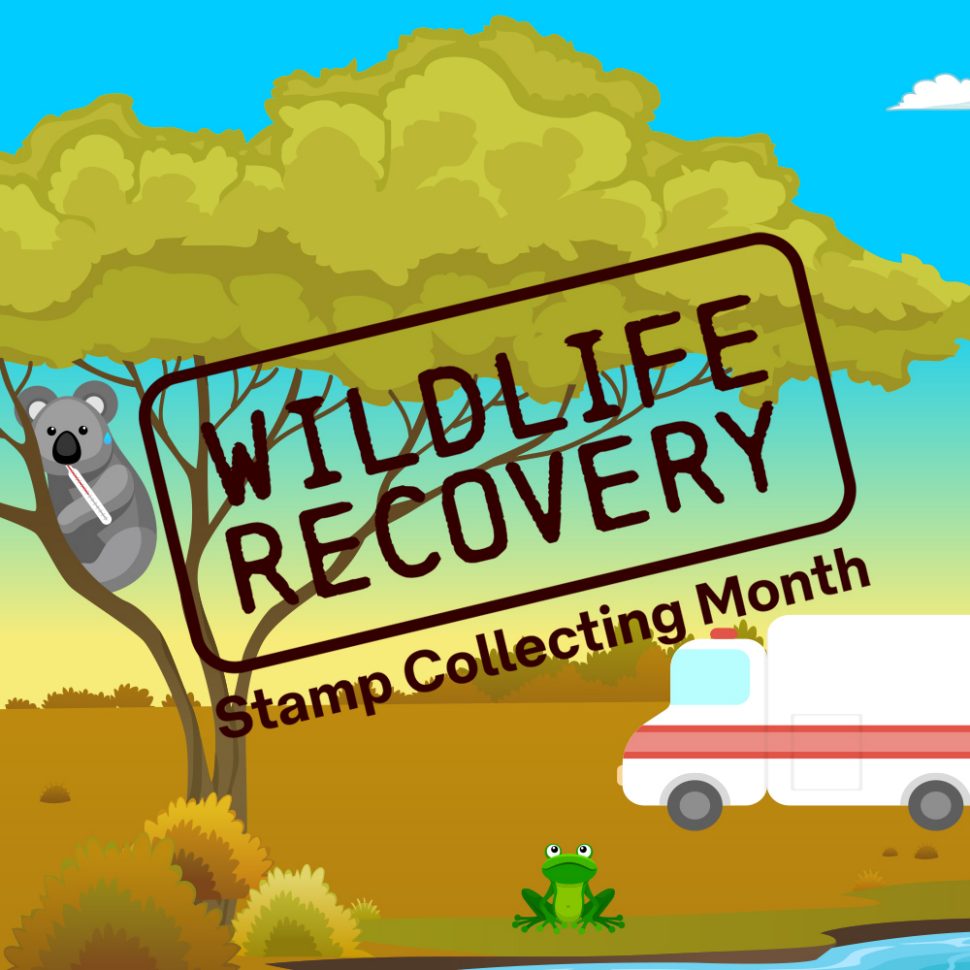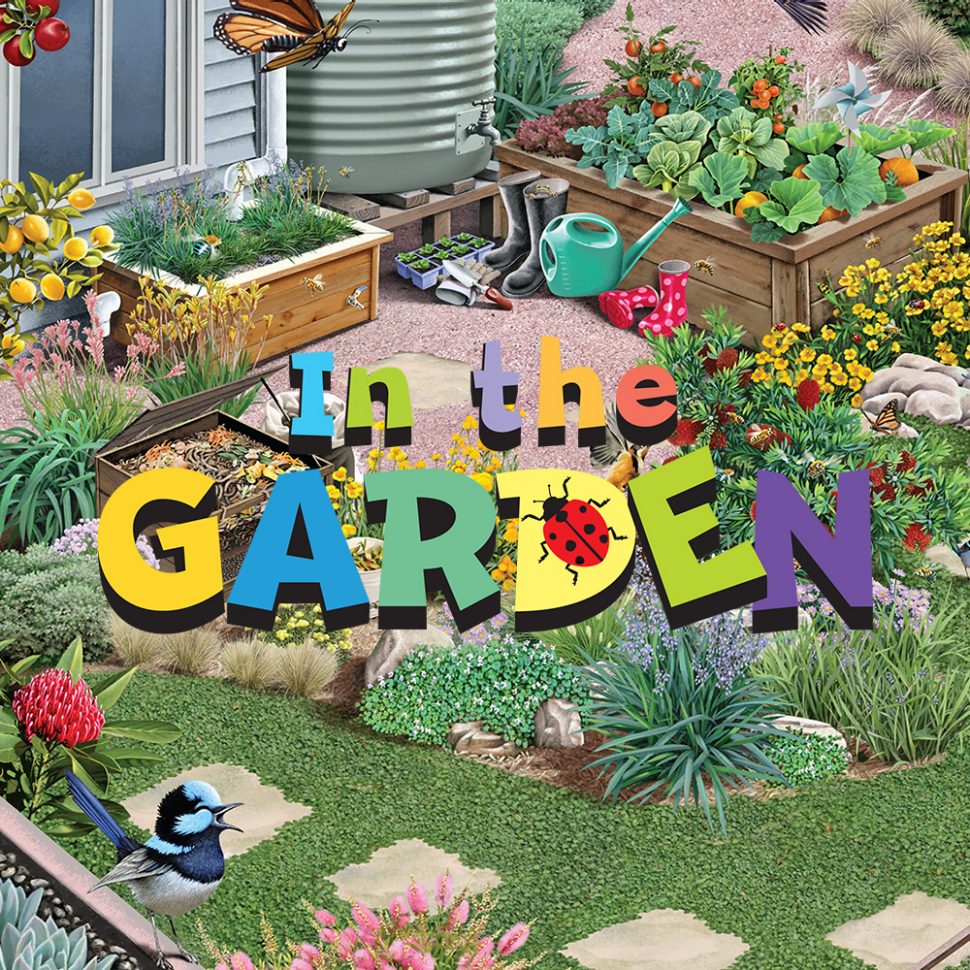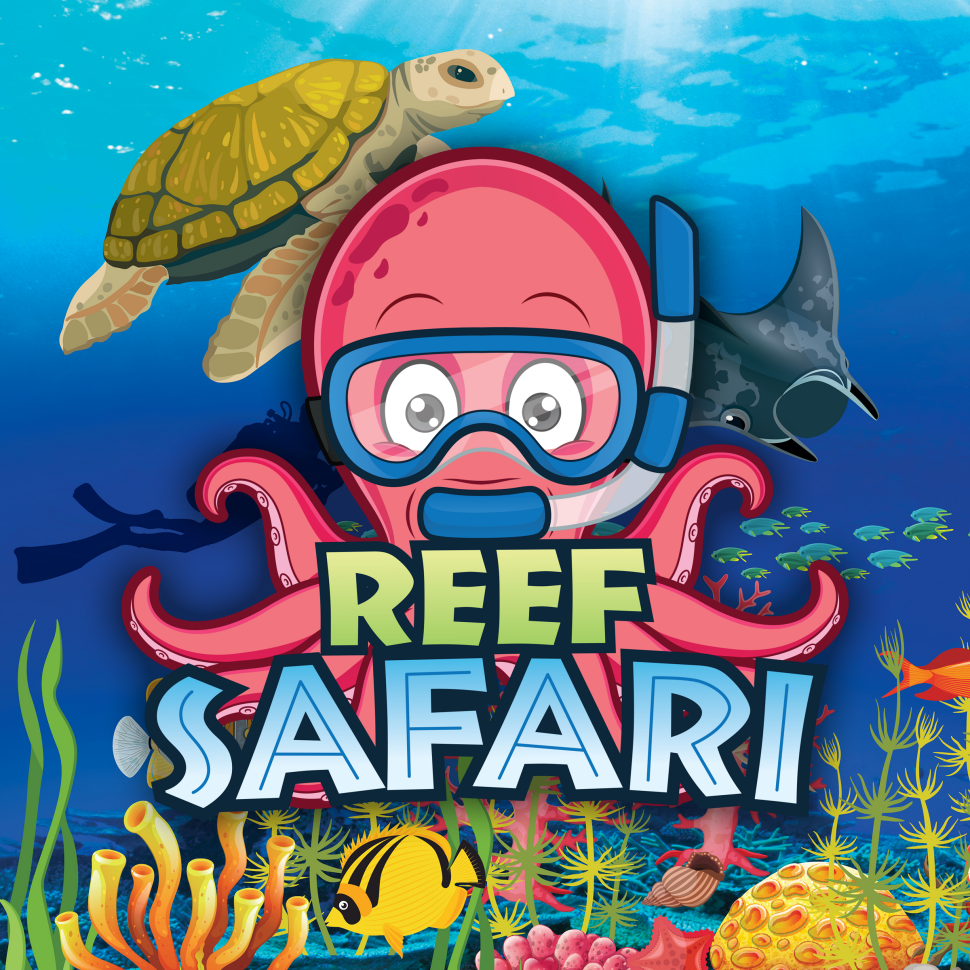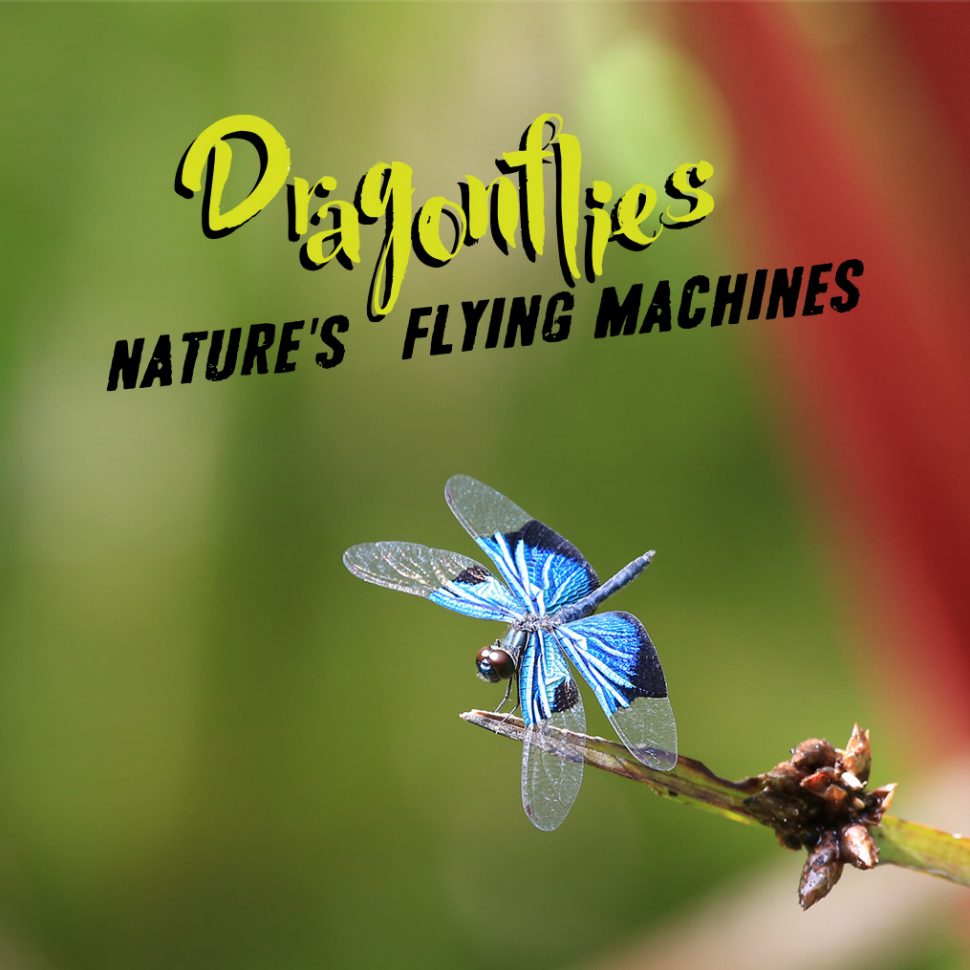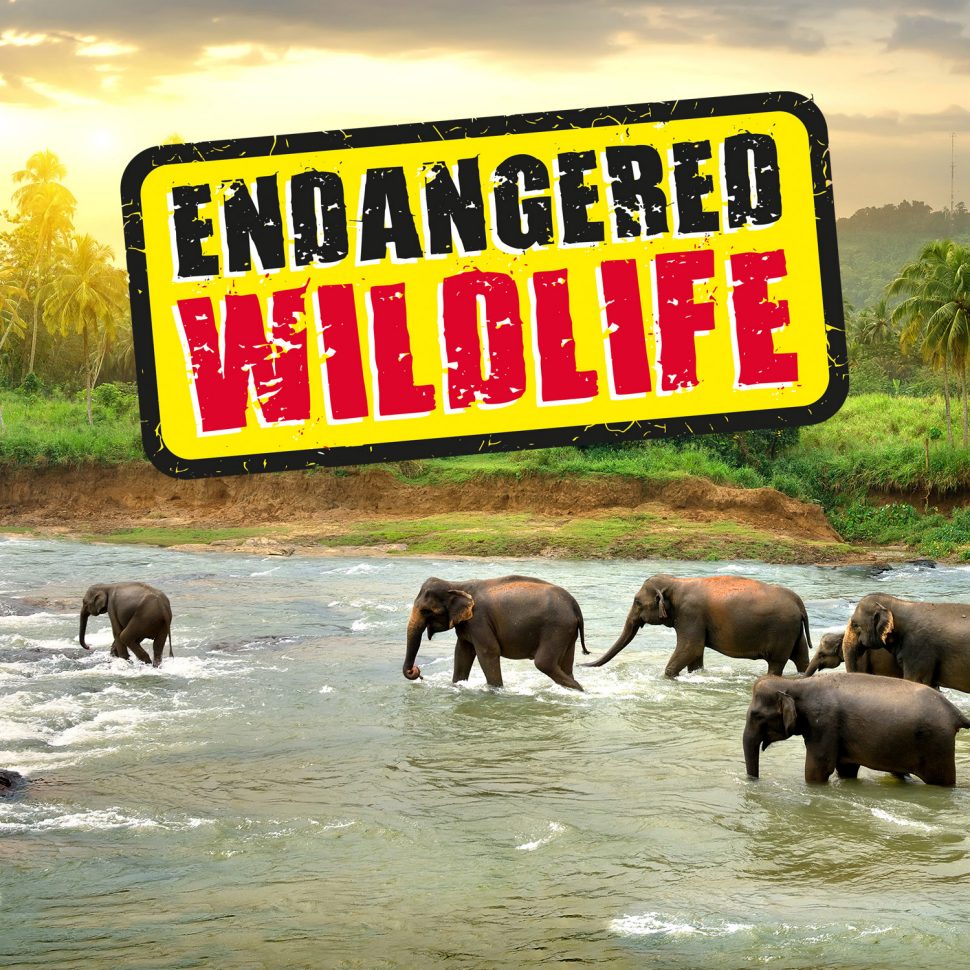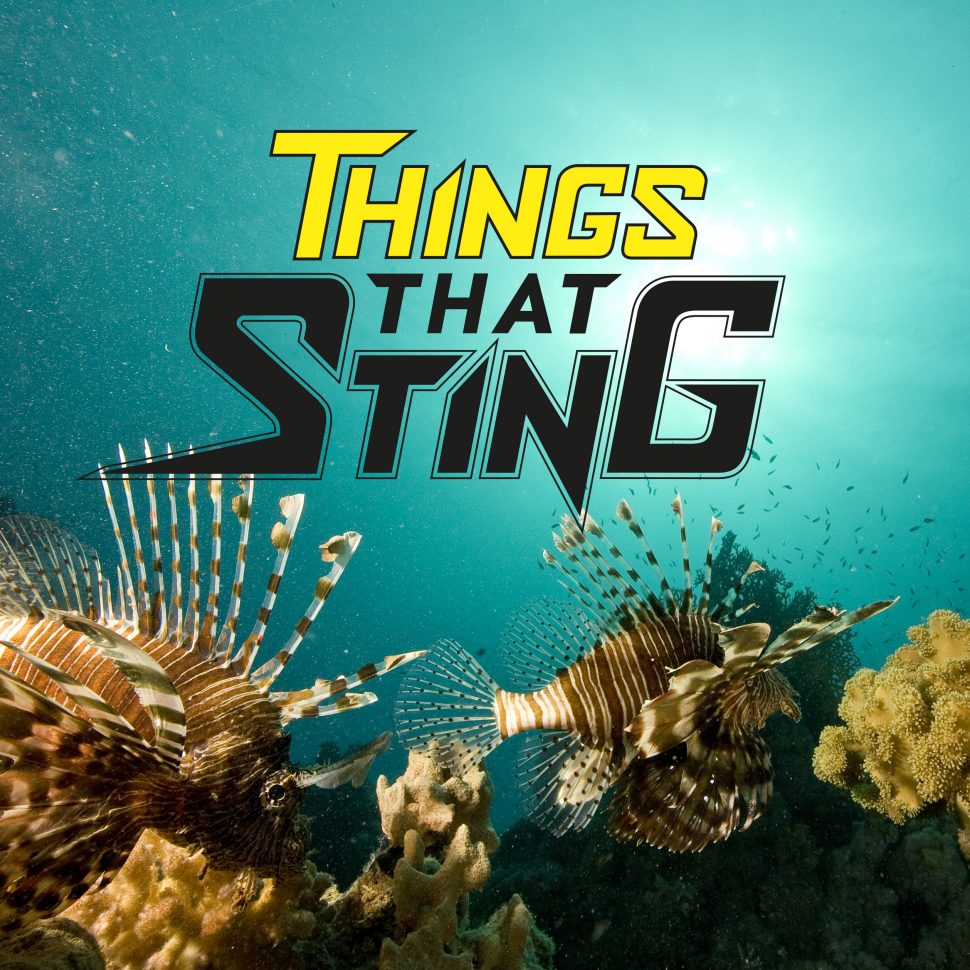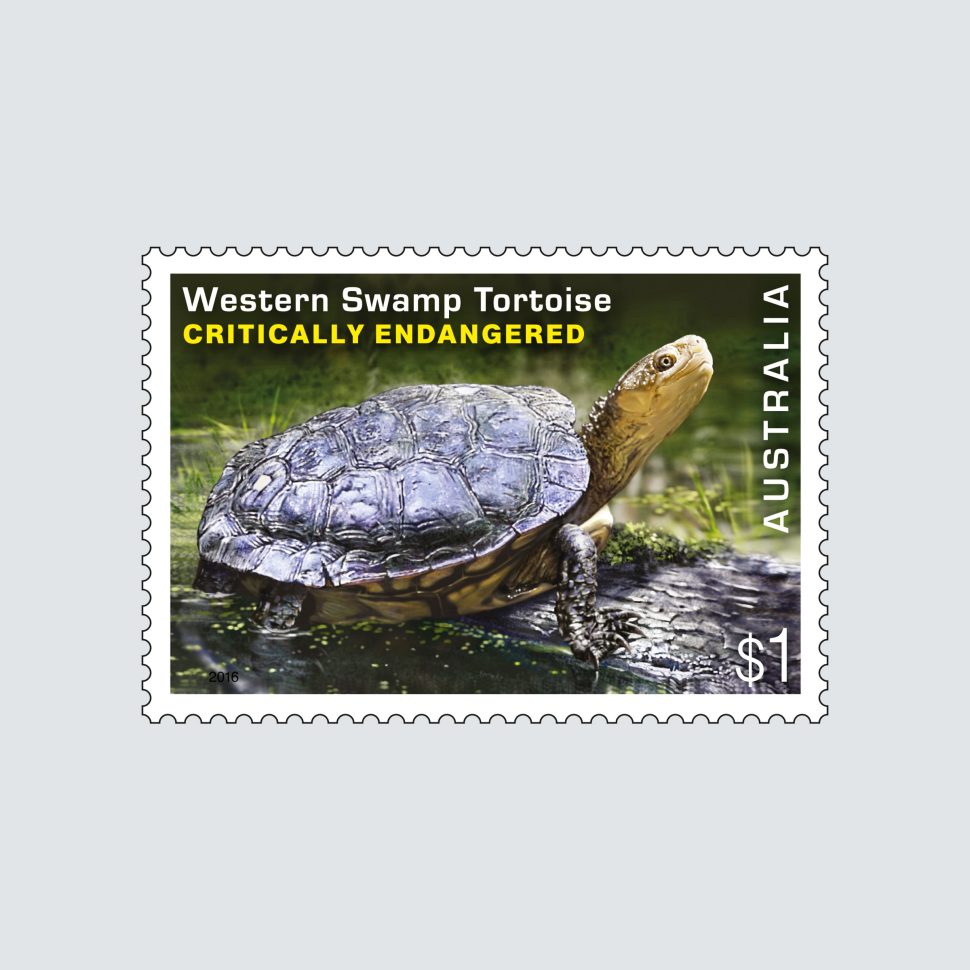
Pseudemydura umbrina
CRITICALLY ENDANGERED
This small, short-necked freshwater tortoise, found only in two locations in a small area of the Swan Coastal Plain in Western Australia, is Australia’s most endangered reptile.
Because of its restricted range, this little tortoise is very vulnerable to any changes including land clearing, pesticides, fertilisers and fire. Feral predators like cats, rats and foxes also eat the tortoises and their eggs.
In the mid-1980s, there were fewer than 50 tortoises remaining. Since then, intensive habitat management, captive breeding and translocations guided by a National Recovery Plan developed by the Department of Parks and Wildlife (WA) have increased the number to around 200 in the wild.
Captive breeding began at Perth Zoo in 1988. Since 2003, Adelaide Zoo, in partnership with the Western Swamp Tortoise Recovery Team, has been a part of the captive breeding program to ensure the long-term survival of the species.


